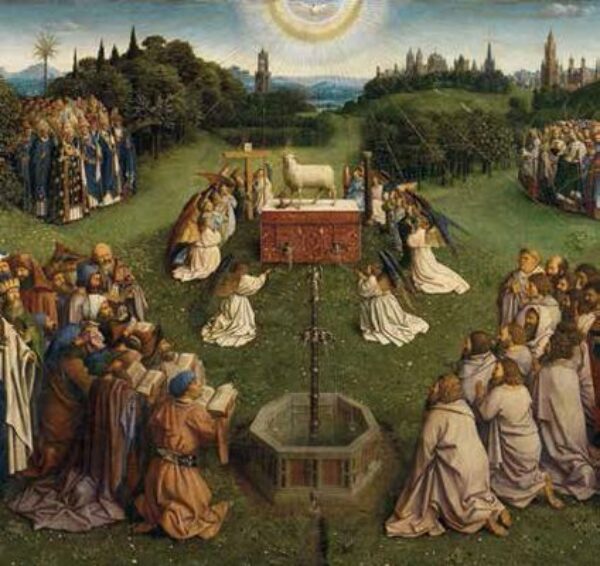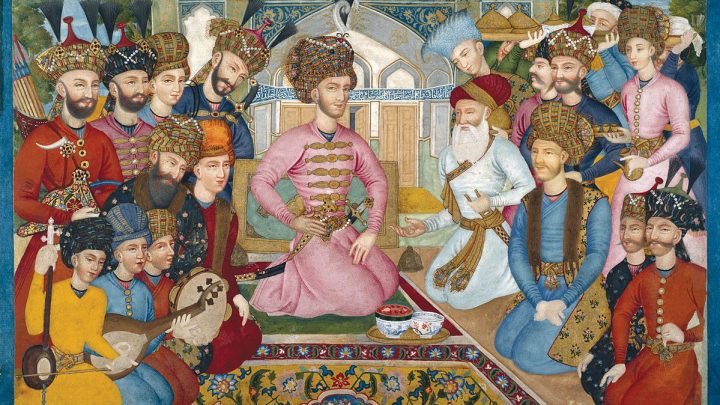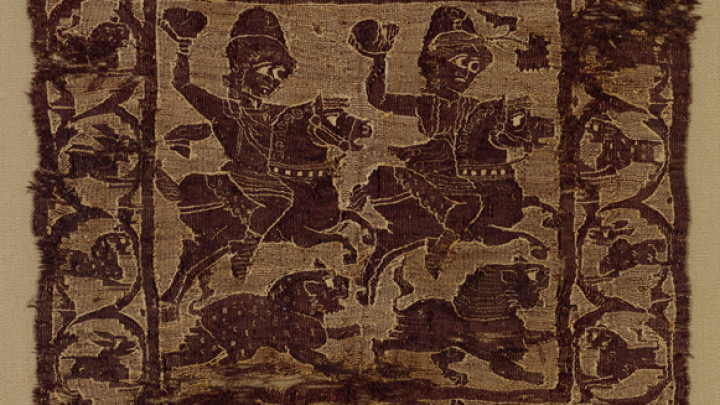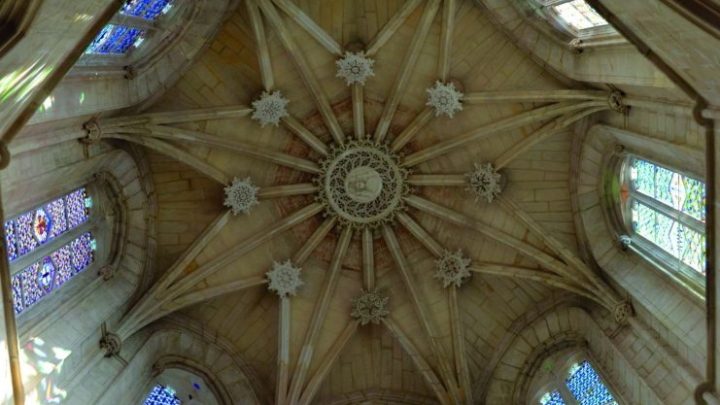The late medieval period in northern Europe – often termed the ‘Northern Renaissance’ – was one of intense invention in the visual arts: artists like the de Limbourgs, the Van Eycks, Claus Sluter, Rogier van der Weyden, Hans Memling and Hugo van der Goes, and many other anonymous metalworkers, carvers or weavers, created new imagery in new ways for new patrons and audiences. This Special Option explores this exceptional production by a consideration of these works as physical objects, and as eloquent things. Its focus is on the biography of the object, rather than the artist: we will consider materiality and manufacture, technique and technical analysis, and change over time. We will explore how materials like lapis lazuli, red lake, Baltic oak, silk and wool threads, marble and alabaster were acquired, transported, prepared and deployed, and how they might ultimately degrade, but always with an eye to how this might enlighten our understanding of their meaning, be it through considerations of imagery, scale, finish, condition, provenance, authenticity (fake or fortune?), cost and value, location or audience.
This approach necessitates teaching as much as possible in the presence of the things themselves – in galleries and museums, conservation departments, at art dealers, fairs or sales. Reinterpreting any object involves considering how it was used and viewed, as well as how it was made, and we will handle works of art whenever possible to understand their weight, surfaces, and haptic properties, looking at their backs as well as their fronts, and recreating techniques through a practical session, grinding pigments and painting in oil and egg. A trip to Belgium, normally in January, to visit Brussels, Ghent, Antwerp and Bruges, is also a central part of the module. We will meet with conservators and curators at frequent points along the way throughout the course who will discuss issues of attribution, restoration and display with us.
This close looking and physical engagement is undertaken in parallel with a critical attention to the reading of archival sources that help place our objects in context and enlighten us as to their value, making, reconstruction or meaning: inventories, contracts, guild regulations and payment accounts and antiquarian drawings. The works we will study tend to be complex in their iconography and form – designed for sophisticated viewers and to convey messages and meaning on various levels. Interpreting them involves understanding visual strategies and narrative choices – which necessitates knowing the source material for their imagery, and how it was presented at the period. This entails a consideration of contemporary devotional, liturgical and social practices: here the student will develop skills of visual and textual analysis, and use a different range of primary sources.
The Special Option is structured as a series of ‘encounters’, with both objects and evidence. It encompasses a wide variety of media, beginning with panel paintings and their preparation, alongside encounters with less well known objects in sales, at dealers and in private collections. We will consider physical evidence, as well as what you can learn from practical experimentation. Over the span of the course we will consider metalwork, manuscripts (lavishly illustrated books of Hours), sculpture both large and small (altarpieces, tombs, handheld devotional objects) and textiles – tapestries notably in the V&A. Some of these works have been the subject of significant recent restoration or technical analysis, such as the Ghent Altarpiece (full technical photographs of which are now available online see https://closertovaneyck.kikirpa.be/). The module will utilise such resources fully and ask: what can we learn from this type of technical analysis and high resolution digital imagery? How do we interpret what we see?
Throughout the Special Option the emphasis will be on a reconsideration of the work of art as a physical object, a process that enables us to reassess the secondary literature, and read more critically, sometimes overturning long-held ideas about reconstruction, function and meaning; this focus will also suggest new pathways that might be followed for your own independent research, with the object and its evidence leading the way. Ultimately the aim of this module is to train you in close looking and critical analysis, providing you a tool kit for research in any period of the history of art, equipping you with skills that museums, galleries and auction house particularly value. The assignments include a ‘Slow Looking’ exercise (where you have to spend at least 3 hours with one painting undertaking a close description and visual analysis) an ‘Object Biography’ (where the afterlife of a canonical work of art is traced in detail to understand how this impacted its interpretation, fame and fortune); and a ‘Mystery Object’ where a work of art that is almost entirely unknown (but is available for first hand study in a London collection, or nearby) is assigned for you to investigate from scratch – to research and catalogue. Finally these various approaches are combined, ideally, into your MA dissertation, on a topic of your choice, which can be on any area of European art c. 1300-1550.
Course leader: Professor Susie Nash
In the event that a course leader is on sabbatical, takes up a fellowship, or otherwise is not able to teach the course, they will be replaced by another experienced course leader either for a semester or, in some cases, the academic year.












